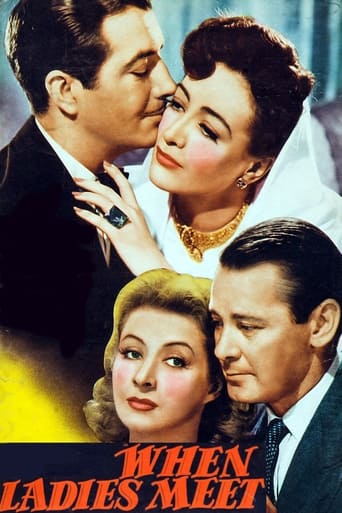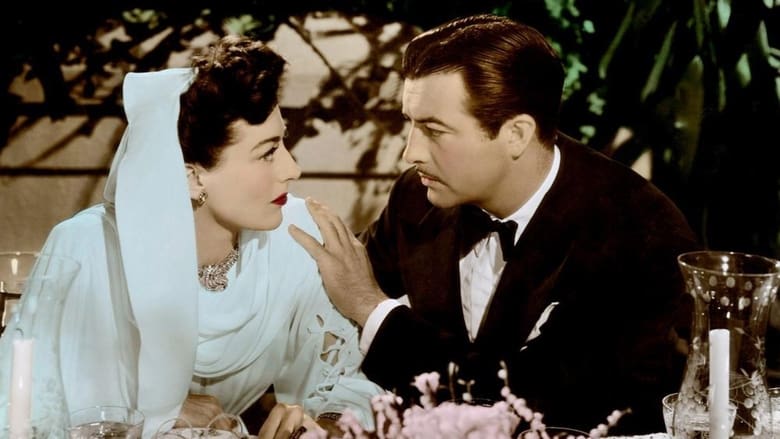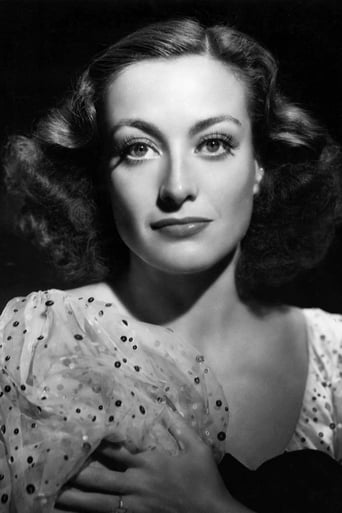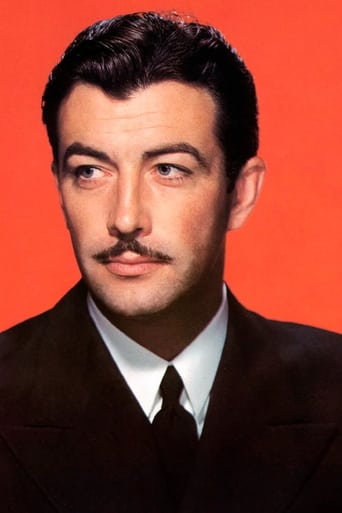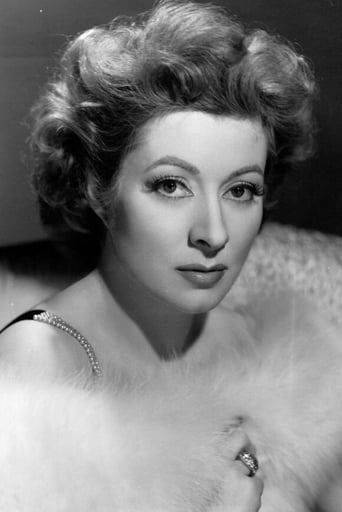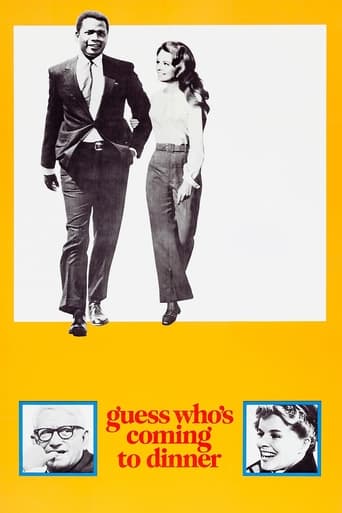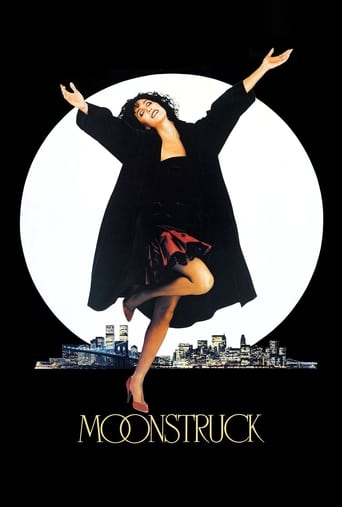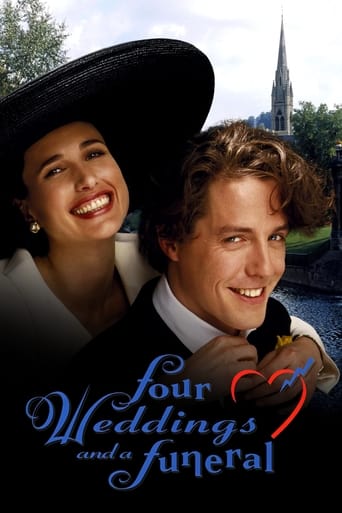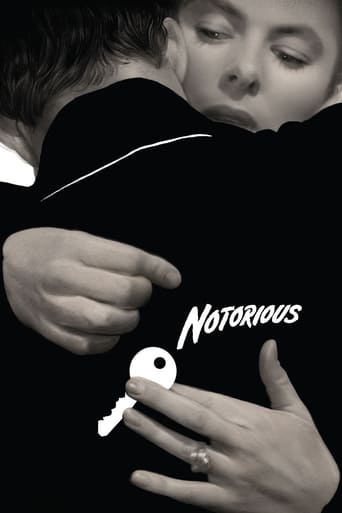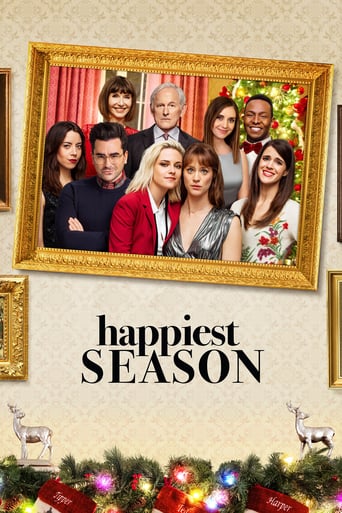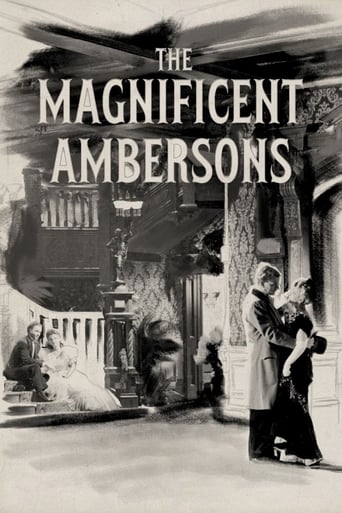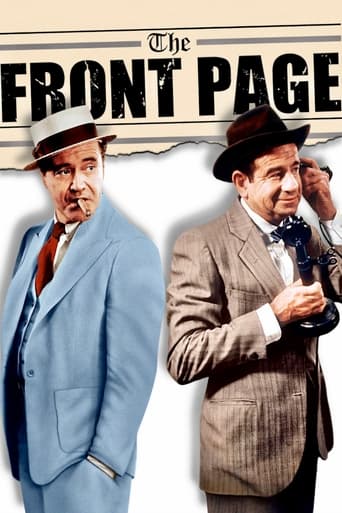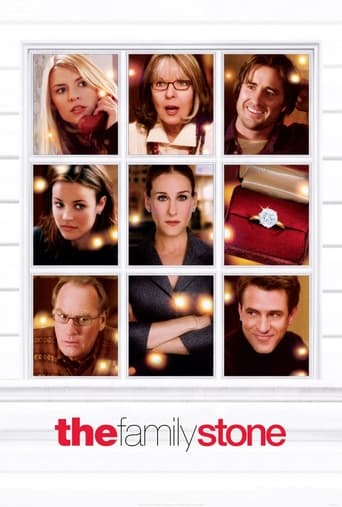When Ladies Meet (1941)
Mary, a writer working on a novel about a love triangle, is attracted to her publisher. Her suitor Jimmy is determined to break them up; he introduces Mary to the publisher's wife without telling Mary who she is.
Watch Trailer
Cast


Similar titles
Reviews
You won't be disappointed!
Really Surprised!
Just perfect...
Wow! What a bizarre film! Unfortunately the few funny moments there were were quite overshadowed by it's completely weird and random vibe throughout.
At first glance one would think this meeting of Joan Crawford & Greer Garson would end up a camp classic. It doesn't, thanks largely to the presence of the classy (nearly regal) Garson and the absence of any real howlers in the script. Crawford is an author in love with her publisher (Herbert Marshall). Trouble making Robert Taylor creates a situation that allows Crawford to meet Marshall's wife and what could have been a Cukoresque bitch-fest is instead a fairly involving romantic comedy. Director Robert Z. Leonard keeps a tight reign on things, with Garson's even keeled performance rubbing off on the usually over-the-top Crawford. These ladies actually have real chemistry and their abetted by an unusually strong cast. In addition to Marshall and Taylor, there's the inimitable Spring Byington as Crawford's confidante, a flighty society doyenne who turns out to be a bit brighter than expected. Byington also appeared in the 1932 stage production.
. . . (that would be A WOMAN'S FACE), this movie has the novelty of being the only pairing between the old face of MGM--Crawford--and the Roaring Lion's new visage, the future Mrs. Miniver herself, Greer Garson. Crawford's tyrannical ways had worn out her welcome at Tara, and Garson was several years away from ruining her own Reign on the Mane by wedding "Mrs. Miniver's" son in Hollywood's version of reality. However, when Joan and Greer's characters finally get to have their wildly-anticipated heart-to-heart toward the end of WHEN LADIES MEET, there is no talk of wire hangers or virtual incest. Instead, they have a highly contrived conversation about a "hypothetical" love triangle that the viewers already know is Hyper-Actual. Herbert Marshall's performance as the man in their middle is so smarmy that it's hard to imagine the women in a theater audience NOT loudly hissing collectively whenever he's on-screen. On the other hand, Robert Taylor as a thinner, wise-cracking good guy with a mustache is so similar to William Powell or Don Ameche's usual performances, it's surprising that those three were not born triplets in real life.
I had a bit of hard time sticking with this movie to the end. I don't normally force myself to watch movies that are lugubrious, but I was curious on several fronts. Firstly, this movie has been out of release, and only recently available through Warner Archives/ Classic Flix, so I'm one of those completists curious to see it. I find as time goes by, that the artifice of the MGM glossy films circa 1940 to 1945 done in this exact high-style - lavish sets and costumes, arch dialogue, drawing-room sensibilities - are hard to take - and I'm someone who is forgiving of, and loves, old movies! I'm fascinated by the MGM pix of this period because of how many are quite bad - and while "Metro" was riding the wave of its success, these films were the beginning of their undoing, as well. This was generally a really bad period for Joan Crawford, as we all know, saddled with mostly bad material, and hampered by her aspiration to be "a great lady of cinema" a la Norma Shearer. Her personal upward mobility from humble roots tainted her work, because she had a personal need to assume the drawing- room enunciation and lady-of-the-manor mannerisms, both of which are so phony in this film - and a blatant contradiction to her natural street-smart roots. I find Joan painfully bad in this movie - so needing to be who she's not. As I watched, I ached for her to shake off her personal psychodrama, as she would 4 years later when she was pushed to authenticity with Mildred Pierce - probably the first time on-camera that there was real grit and edge in her performance, that something was scraped away and you could feel her rawness. The catalyst, for the breakthrough, as we know, was that her artistic and professional career were in jeopardy. As for Greer Garson, her natural charisma, grace and screen presence are quite astonishing - she just draws your eye, and radiates. It's so easy to see why she became a star so quickly, and why audiences (and Louis B. Mayer) loved her. Not the best actress, but very natural in front of a camera, and luminous. I am in conflict with other writers here about Herbert Marshall, who I have always been attracted to for his otherworldly calm and inner sense of goodness. I can see the attraction, even though he isn't overtly dazzling, like Robert Taylor. I find Taylor, like Crawford, is a "movie star" more than actor, and you see him trying to rise to the occasion here in a persona and style of acting that is not in sync with who he is. As I watched, I speculated that this role might have been written for Clark Gable circa 1941 - mischievous, winking, self-aware, dashing, irrascible - but Taylor's performance was forced, a carbon copy of Gable or Robert Montgomery, or even Ray Milland (though he was actually better than I would have expected.) I also found Spring Byington a copy of Alice Brady and Billie Burke - not bad, but a bit forced, like Robert Taylor and Joan Crawford. In fact, I could imagine this script written for Gable, Claudette Colbert and other stars - but they cast who was available. As for the costumes, they weren't as over the top as some MGM films, but, as someone else commented, that ludicrous gardening outfit that Joan Crawford wears - an enormous picture hat, a padded-shoulder dress with gingham inserts that carries through to a matching gingham trim on the hat, and the same fabrics on the elbow- length gardening gloves - is fabulously preposterous, and an embodiment of the total disconnect from reality that infuses this movie. As for the plot, it's dated drawing-room fare with a single mise-en-scene that worked for me -- when the two "ladies" finally realize their respective identities. There was genuine tension and emotion, and a certain authenticity in tone and feelings. Other than that, MGM cake frosting.
"When Ladies Meet" boasts a fine cast of Robert Taylor, Joan Crawford, Greer Garson and Spring Byington. The film is a classic stinker and I will tell you why.Crawford, a book writer, has designs on the editor, a play-boy played with little relish by Herbert Marshall. His early scenes are very stiff-like. He needed to breakout as he did with Bette Davis in "The Little Foxes."Taylor showed a flair for comedy but he is often silly. Handsome as the day is long, this romantic idol obviously smoked himself to death with his constant puffing throughout the film. No wonder he had a premature death, at age 59, in 1969.Byington is humorous but a little too much to take during the thunderstorm sequence. Her churlish ditsy behavior would have been appropriate had she been a munchkin in "The Wizard of Oz."It is with the meeting of Crawford and Garson that the picture begins to show dramatic depth. Cad Taylor has arranged it so that Garson can discover that Crawford has been having an affair with an unfaithful equally cad Marshall. It is only when that Taylor discovers that Garson is married to Crawford that she finally discovers ethics and ends the affair. We needed more of a fighting Crawford and not one who caves in to a lovely Garson. The latter acts like she is in rehearsal for "Mrs. Miniver" that followed in 1942.

